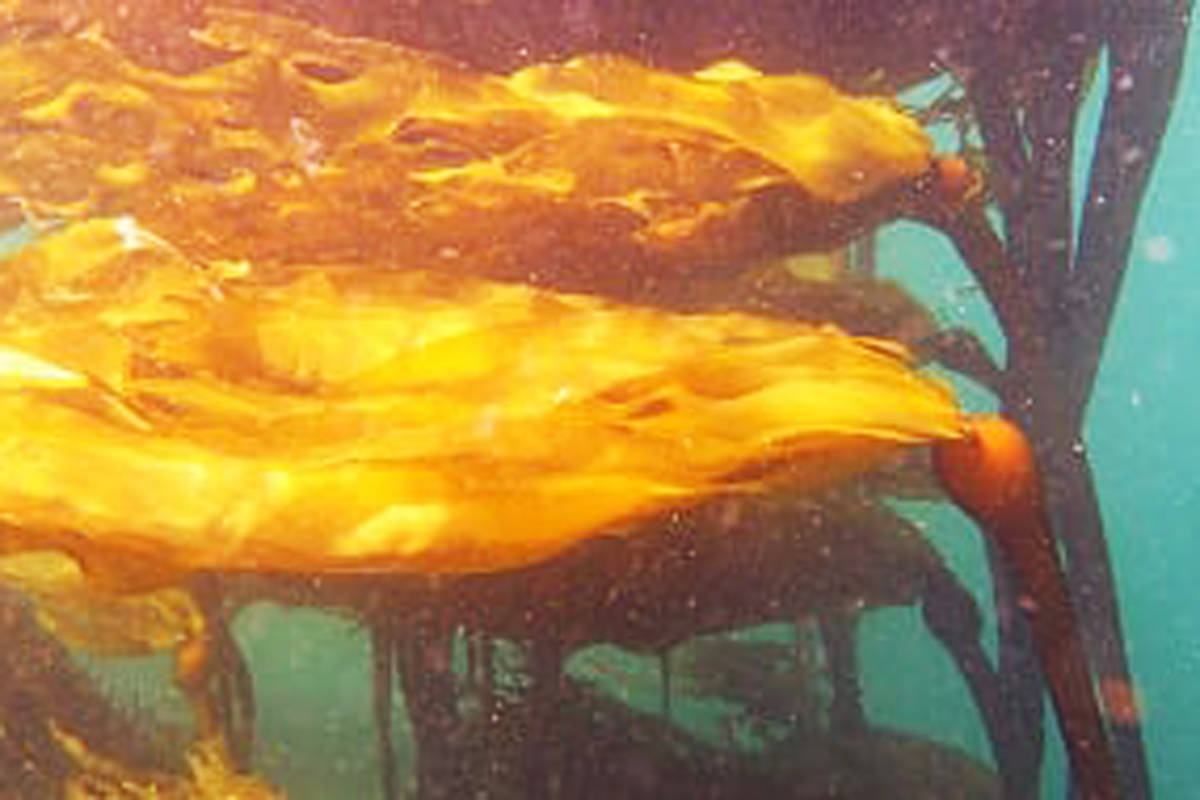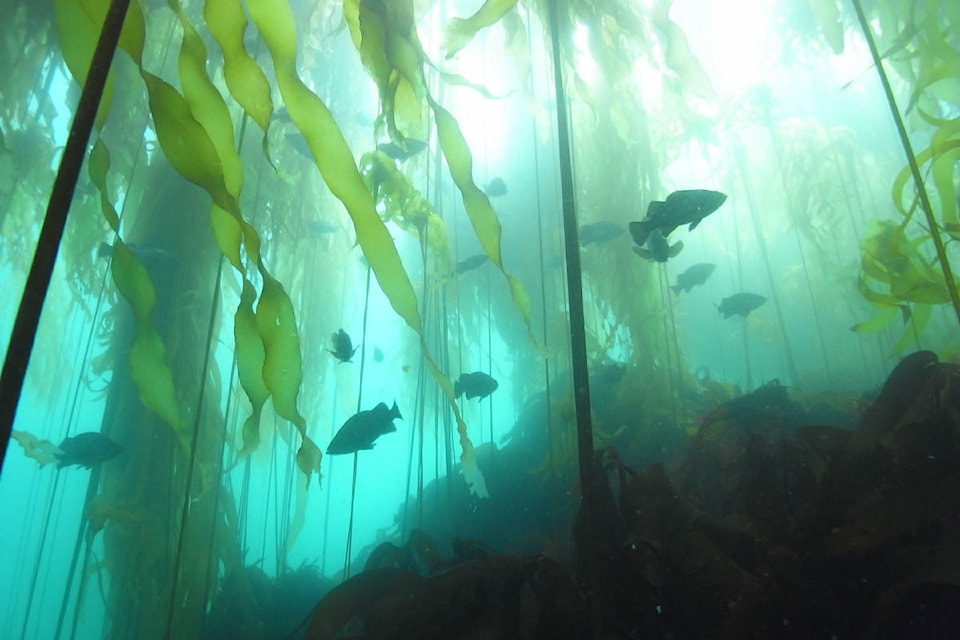Parks Canada YouTube: Chiix̱uu Tll iinasdll: Nurturing Seafood to Grow
Ecologists are manually removing sea urchins from the coast around Gwaii Haanas, with the move coming as efforts to protect kelp forests found in the area are stepped up.
The coastal area off Haida Gwaii shelters a sensitive kelp forest forming the basis of an ecosystem hosting a large range of biodiversity.
READ MORE: Gwaii Haanas looks to protect more marine areas
Lynn Lee is a marine ecologist with the Gwaii Haanas National Park Reserve and is working closely with divers and the local community in order to restore the dwindling kelp forests.
“In Gwaii Haanas, by using science and traditional knowledge, the Haida Nation, Parks Canada and Fisheries and Oceans Canada work together to contribute to healthy ecosystems, to protect culturally important species and species-at-risk. This project is the result of many years of good people working together to plan and implement ecosystem restoration projects in Gwaii Haanas,” Lynn Lee said in an e-mail with The Northern View.
“The project team monitors kelp growth and investigates how kelp forest restoration in Gwaii Haanas benefits species that call it home including abalone, urchins and rockfishes. We also compare biodiversity, productivity and the increase in the number of juvenile animals inside and outside the restored area. Over the next few years, we aim to work with commercial urchin harvesters to continue fishing in the project area to keep the restoration area free of urchins,” Lee said.
Lee said since the beginning of the project, Gwaii Haanas and Haida Fisheries have successfully delivered guuding.ngaay (red sea urchin) to Haida Gwaii communities three separate times, the most recently on Friday, March 29, 2019.
She noted the community food outreach is a key partnership component of the project. Guuding.ngaay is a traditional Haida food and considered a delicacy on Haida Gwaii as urchins are often a long boat ride away from most communities.
“This spring, commercial urchin harvesters will continue to remove urchins from the site,” she added.
READ MORE: Second Haida Gwaii oceans forum set to make waves
Urchin control has become necessary with warmer waters and the disappearance of natural predators, such as sea otters, causing a spike in the sea urchin population.
“There are preliminary reports that baby kelp is indeed growing back at the project site and that urchins are generally not moving into the area very quickly,” Lee said when asked if there had been any noticeable effect from the removal of sea urchins.
“As the kelp returns, a cascade of benefits to other species is expected to take place. Kelp dependent species including abalone, rockfish, herring and salmon, which are culturally important to the Haida, will have improved habitat.”
She said kelp forests are important coastal ecosystems that are critical habitat for many species. Abalone, rockfish, juvenile herring and juvenile salmon all rely on kelp forests. These species are culturally important to the Haida. Northern abalone is endangered and several species of rockfish are threatened or of special concern.
“Gwaii Haanas is an ecological and cultural gem known as a place where living Haida culture thrives,” Lee said.
The Council of the Haida Nation, Parks Canada, Fisheries and Oceans Canada and the commercial sea urchin sector will work together for at least the next three years to keep removing sea urchins from a small area in Gwaii Haanas for conservation and restoration purposes.
gareth.millroy@thenorthernview.com
Like us on Facebook and follow us on Twitter

